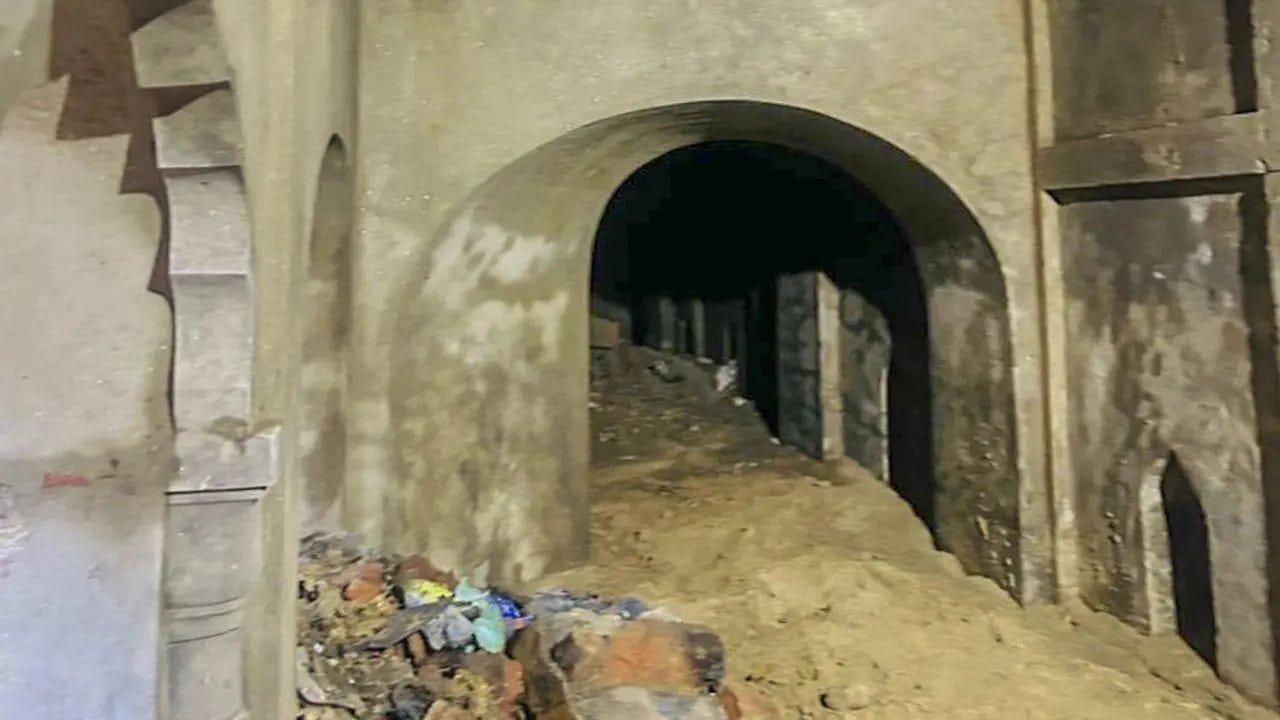As 2024 draws to a close, India finds itself reflecting on a year marked by religious tensions that have shaped public discourse and political narratives. From the historic town of Sambhal in Uttar Pradesh to Ajmer in Rajasthan, a string of controversies has underscored the fragile nature of communal harmony in the country. These incidents not only dominated headlines but also raised concerns over their potential to deepen polarization, particularly in states with a history of communal sensitivity.
Sambhal: A New Epicenter of Discontent
Sambhal, known for its cultural heritage, became the focal point of unrest in mid-2024 after religious structures were targeted during a dispute over land rights. The conflict, which escalated into violent clashes, left several injured and resulted in curfews imposed by local authorities. The situation worsened after inflammatory speeches circulated on social media, drawing national attention. Local leaders attempted to ease tensions, but the damage to community relations had already taken root.
Ajmer: Tensions in the Temple Town
Ajmer, home to the revered Ajmer Sharif Dargah, witnessed unrest following protests over controversial remarks made by public figures. Demonstrations quickly spiraled, with calls for boycotts and retaliatory actions. Religious leaders intervened, urging peace and dialogue, yet sporadic incidents continued, exacerbating fears of escalating communal divide.
Political Undertones and Electoral Calculations
Observers noted that these controversies coincided with key political events, sparking debates on whether certain groups were deliberately inflaming tensions for electoral gain. In Uttar Pradesh, where religious identity often plays a pivotal role in elections, opposition leaders accused ruling parties of exploiting religious sentiments to consolidate voter bases. Rajasthan’s political landscape, similarly, saw leaders leveraging these incidents to galvanize support ahead of local elections.
Social Media's Role in Amplifying Unrest
The rapid dissemination of unverified information on platforms like WhatsApp, X, and Facebook played a significant role in inflaming public sentiment. Videos, often clipped or misrepresented, circulated widely, adding fuel to the fire and complicating the efforts of law enforcement to maintain order. Calls for stricter regulation of digital platforms grew louder as the year progressed, with the government proposing new policies aimed at curbing the spread of hate speech.
Path to Reconciliation
Despite the year’s turbulent events, voices advocating for unity emerged across communities. Grassroots initiatives promoting interfaith dialogue gained traction in several districts, highlighting the resilience of India’s social fabric. Religious leaders, activists, and civil society groups organized peace marches and joint celebrations of religious festivals, reinforcing the message of coexistence.
As India enters 2025, the lingering effects of these controversies serve as a reminder of the delicate balance required to maintain communal harmony. The nation stands at a crossroads, where collective efforts in fostering understanding and empathy will shape the course of its future.


